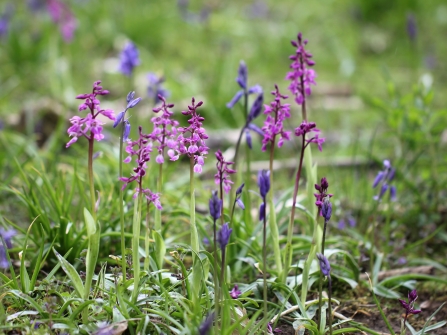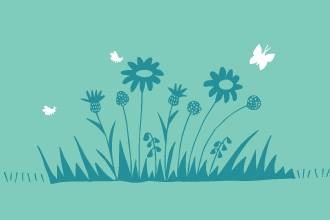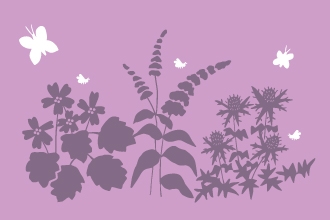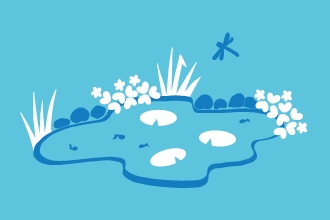In this new strange world that we find ourselves suddenly cast into, many people are turning to nature to find solace. The sight of blue tits feasting on a bird feeder or the bursting forth of spring flowers bring a smile and help lighten the load.
But what does the Coronavirus mean for wildlife? Many of us are noticing wildlife more, but does this mean there is more wildlife to notice?
Undoubtedly it’s certainly easier to spot wildlife now that our streets are silent and our skies are empty of planes; and we have more time on our hands at home to notice the wild visitors.
In some places wildlife is definitely making the most of this new found peace and quiet. In Llandudno feral goats have ventured right into the heart of town centre, and elsewhere on our deserted beaches, ground nesting birds such as little ring plover should benefit from the solitude.
However, wildlife and their homes are formed by many complex, invisible threads and it is not quite as straightforward as - remove all the people and wildlife will always thrive. Here in the UK the natural world has co-evolved with humanity over thousands of years.
The majority of the species we cherish, such as bluebell woodlands, wildflower meadows full of butterflies, and lakes with wintering wildfowl only support wildlife because they are managed by people, often using centuries’ old techniques.




